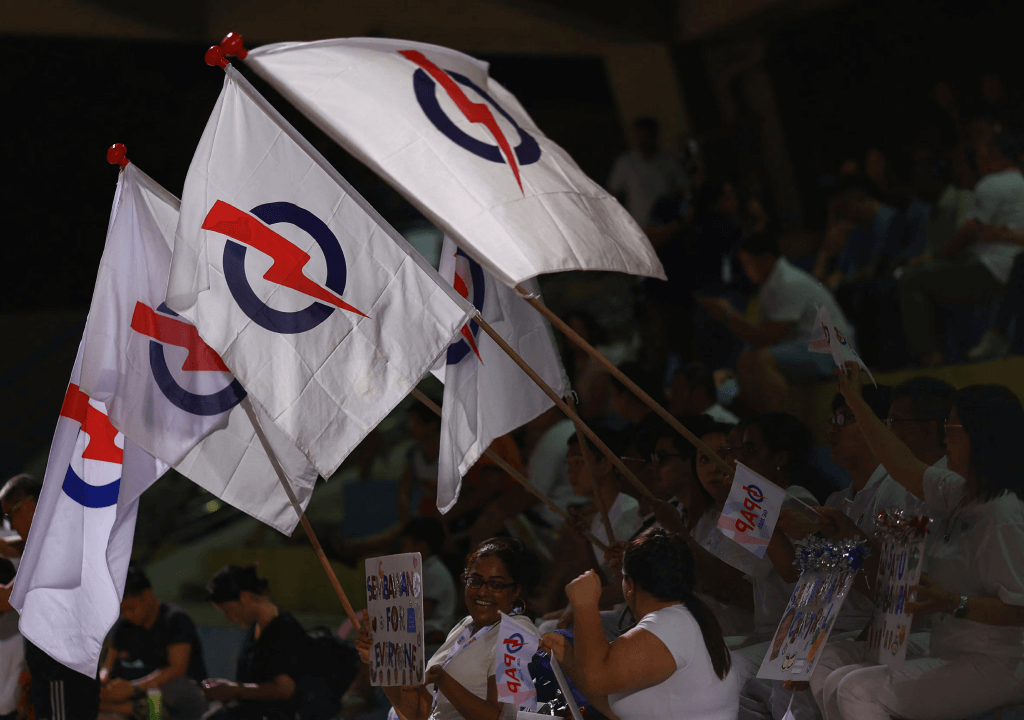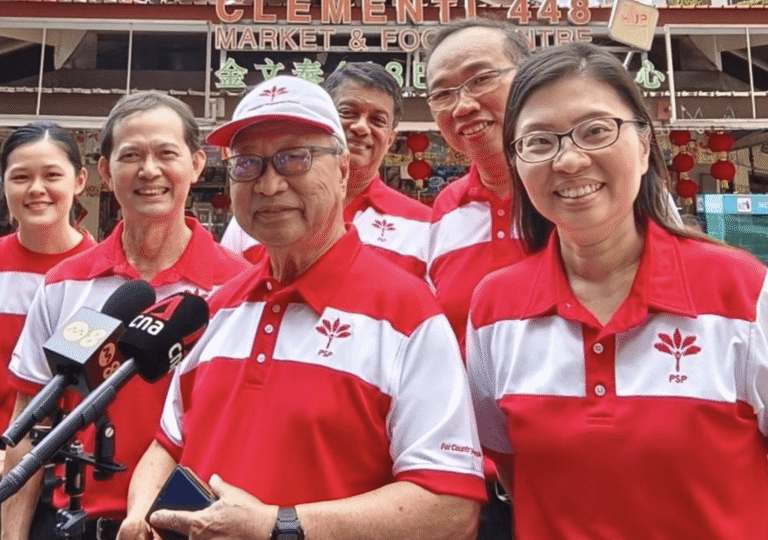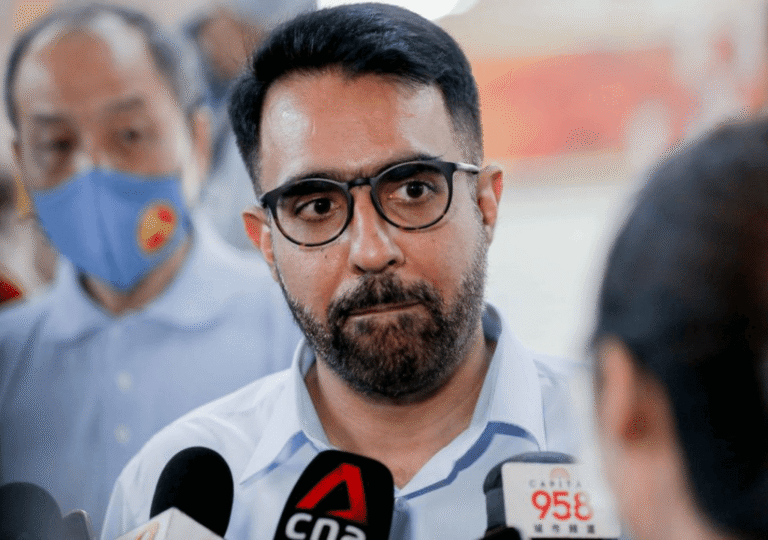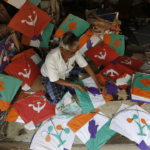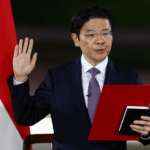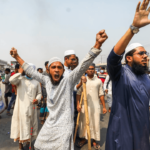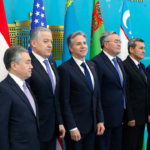The PAP firmly claimed victory in Singapore’s political landscape. While opposition parties envied and felt humbled by the outcome, the PAP continues to push forward. It actively strengthens its groundwork and adapts to the evolving electoral landscape—potentially setting an example for opposition parties to follow.
PAP pushes forward
At least six new PAP branches are being set up in key areas, including closely contested constituencies such as Punggol, Tampines, and Tengah, according to The Straits Times. In the newly formed Punggol GRC, Deputy Prime Minister Gan Kim Yong has begun Meet-the-People Sessions (MPS) at Block 402 Northshore Drive, where a new branch is expected to open soon. While PAP won the seat, the Workers’ Party made significant inroads, capturing 44.83% of the vote.
In Tampines GRC—where PAP saw a nearly 14-point drop and WP garnered 47%—MP David Neo announced on May 8 that plans are underway for a fifth division.
In Pasir Ris–Changi GRC, MP Sharael Taha confirmed that a new branch is in the works. He and first-time MP Valerie Lee have already started joint MPS at Block 216 in Pasir Ris.
In Sembawang GRC, Health Minister Ong Ye Kung announced the formation of a new Naval Base division, carved out of the Canberra division to accommodate projected growth. First-time MP Ng Shi Xuan will lead the new branch at Block 319 Sembawang Close.
In Tengah, part of Chua Chu Kang GRC, a new branch led by MP Choo Pei Ling will begin operations, with MPS sessions starting May 13 at Block 236B Tengah Garden Walk.
Why new branches?
The establishment of new branches reflects the party’s effort to align its ground network with the revised electoral map. As boundaries shift, new Single-Member Constituencies (SMCs) and divisions within Group Representation Constituencies (GRCs) must be matched with corresponding PAP branches to maintain organizational consistency. These new branches play a critical role in that realignment.
Branch openings in areas like Punggol and Tampines—where the party saw weaker performance—also signal a strategic intent to strengthen its foothold in more competitive constituencies.
At the same time, the move marks the start of early preparations for the next general election. The PAP had previously stated it would take voter feedback and the latest election results into account, and these new branches are part of its response to that commitment.
Despite holding a dominant position, the PAP shows no signs of slowing down—steadily reinforcing its presence and expanding its reach.
PAP Wins Where Opposition Falls
Despite Singapore’s small size and modest resource needs for outreach, most opposition parties appear content to defend their existing strongholds rather than expand. The PAP, which won 87 out of 97 seats, was the only party to field candidates in every constituency—something other parties haven’t even attempted.
The Workers’ Party (WP), Singapore’s main opposition and just three years younger than the PAP, fielded only 26 candidates—less than a third of PAP’s slate—and conceded one constituency without a fight. Despite drawing international media attention, the WP and other opposition parties have shown little effort in building a comparable ground presence. PAP wins where opposition falls.
Even after a sweeping victory, the PAP continues to strengthen its grassroots outreach, showing no signs of slowing down. It’s a strategy aimed at securing an even stronger mandate in the next general election—and they are putting a perfect model for Singapore politics, the opposition could follow, if they are truly serious about challenging the PAP’s dominance.

